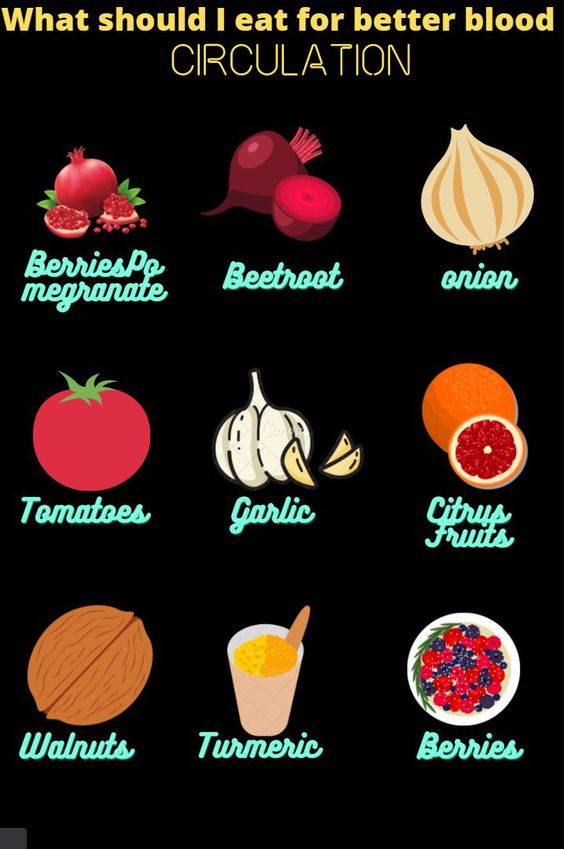NCLEX Study Guide often include detailed explanations and rationales, helping students grasp the underlying concepts.
NCLEX Blood and Blood Products Questions
Blood and Blood Products NCLEX Practice Questions
Question 1.
A patient is receiving a blood transfusion for anemia. During the transfusion, the nurse recognizes that this is a hemolytic transfusion reaction and immediately stops the transfusion. The nurse changes the IV tubing and keeps the IV line open to normal saline. The nurse then notifies the blood bank and the healthcare provider about the reaction and monitors and records the patient's vital signs and symptoms.
Which of the following is NOT a symptom of a hemolytic transfusion reaction?
(a) Chills
(b) Muscle ache
(c) Rapid pulse
(d) Fever
(e) Nausea
(f) Chest Pain
Answer:
(f) Chest Pain
Explanation:
Hemolytic transfusion reactions can result in immediate symptoms such as chills, muscle ache, rapid pulse, nausea, vomiting, pallor, headache, and cough. It is important for nurses to recognize these symptoms and intervene promptly by stopping the transfusion, changing the IV tubing, and informing the blood bank and healthcare provider.
Treatment may include correcting hypotension, hemoglobin and RBC concentration, and volume of blood. Chest pain is not a common symptom of a hemolytic transfusion reaction Chest pain is not a symptom of a hemolytic transfusion reaction. It is a symptom of a severe allergic reaction, which is another type of transfusion reaction.
Rationale:
A hemolytic transfusion reaction is caused by incompatible blood products or incorrect blood type matching between the donor and recipient. Symptoms may include chills, muscle ache, rapid pulse, nausea, vomiting, pallor, fever, headache, and cough. Chest pain is not a typical symptom of a hemolytic transfusion reaction.
Question 2.
A patient is receiving a blood transfusion, but begins to experience chills, muscle aches, rapid pulse, nausea, vomiting during the transfusion. The nurse suspects a hemolytic transfusion reaction.
What is the most appropriate nursing intervention for a patient experiencing a hemolytic transfusion reaction?
Options:
(a) Administer antihistamines and corticosteroids
(b) Put the patient on oxygen therapy
(c) Correct hypotension, hemoglobin and RBC concentration, and volume of blood
(d) Stop the transfusion, change the IV tubing, and keep the IV line open to normal saline
Answer:
(d) Stop the transfusion, change the IV tubing, and keep the IV line open to normal saline
Rationale:
The most appropriate nursing intervention for a patient experiencing a hemolytic transfusion reaction is to stop the transfusion, change the IV tubing, and keep the IV line open to normal saline.
Explanation:
It is important for nurses to be able to recognize and properly manage transfusion reactions, as they can have serious consequences for the patient. Hemolytic transfusion reactions occur when incompatible blood products are given and can cause symptoms such as chills, muscle aches, rapid pulse, nausea, vomiting, pallor, headache, and cough.
Administering antihistamines and corticosteroids is appropriate for allergic reactions, putting the patient on oxygen therapy is appropriate for severe allergic reactions, and correcting hypotension, hemoglobin and RBC concentration, and volume of blood is appropriate for all transfusion reactions as a treatment approach but the immediate intervention for hemolytic transfusion reaction is option (d).
The most appropriate nursing intervention for a patient experiencing a hemolytic transfusion reaction is to stop the transfusion, change the IV tubing, and keep the IV line open to normal saline. The nurse should also notify the blood bank and the healthcare provider about the reaction and monitor and record the vital signs of the patient. All tubings, labels, and the blood bag should be returned to the blood bank after documenting everything.

Question 3.
A 36-year-old patient, Mr.Abhinav, is receiving a blood transfusion for anemia. After the first few minutes of the transfusion, the nurse notices that Mr. X is experiencing chills, muscle aches, rapid pulse, nausea, vomiting, pallor, headache, and cough. The nurse immediately stops the transfusion, changes the IV tubing, and starts normal saline through the IV line. The nurse also notifies the blood bank and the healthcare provider about the reaction and monitors and records Mr. X's vital signs.
What type of transfusion reaction is Mr. X experiencing?
(a) Hemolytic
(b) Allergic
(c) Febrile
(d) Bacterial
Answer:
(a) Hemolytic
Explanation:
The other options, (b). Allergic, (c). Febrile, and (d). Bacterial, are not consistent with the symptoms described in the case study. Allergic reactions are characterized by symptoms such as skin flush, swelling of the lips and tongue, and itching, while febrile reactions are caused by hypersensitivity to white cells, platelets, or plasma in the donor's blood. Bacterial reactions are caused by the presence of bacteria in the donor's blood.
Rationale:
Based on the symptoms described in the case study, Mr. X is experiencing a hemolytic transfusion reaction. Hemolytic reactions occur when incompatible blood products are given or when the blood type is not matched between the donor and recipient.
Question 4.
A 25-year-old female patient is experiencing severe dehydration due to diarrhea. The physician orders a solution to be administered through an IV. The nurse hangs the solution and begins the transfusion. The patient's vital signs are monitored throughout the transfusion and the IV is changed every 24 hours.
Which of the following is the IV solution should be preferred for being administered to the patient in the case study?
(a) 0.9% saline solution
(b) 5% dextrose in 0.225% saline
(c) 5% dextrose in 0.9% normal saline
(d) Ringer's Lactate solution
Answer:
(d) Ringer's Lactate solution
Explanation:
Ringer’s Lactate solution is an isotonic solution that is used to treat extracellular fluid loss, such as from bum injuries, bleeding, loss of bile or pancreatic conditions, or dehydration. It is administered through an IV and the patient’s vital signs are monitored throughout the transfusion.
Other types of IV solutions include 0.9% saline solution, which is isotonic and used to treat extracellular fluid loss when there is low sodium or chloride ion in the blood, and dextrose solutions, which can be isotonic or hypertonic based on how they are mixed with saline. Examples of dextrose solutions include 5% dextrose in water (D5W), 5% dextrose in 0.225% saline, 5% dextrose in 0.9% normal saline, 5% dextrose in 0.45% saline, and 5% dextrose in Ringer's Lactate solution.
Rationale:
The patient in the case study is experiencing dehydration due to diarrhea. For severe dehydration, start IV fluids immediately. If the patient can drink, ORS should be given by mouth while the IV drip is set up. Ringer’s lactate IV fluid is preferred. If not available, use normal saline or dextrose solution. Ringer's Lactate solution is an isotonic solution that is used to treat extracellular fluid loss, such as from bum injuries, bleeding, loss of bile or pancreatic conditions, or dehydration.
Read More:
